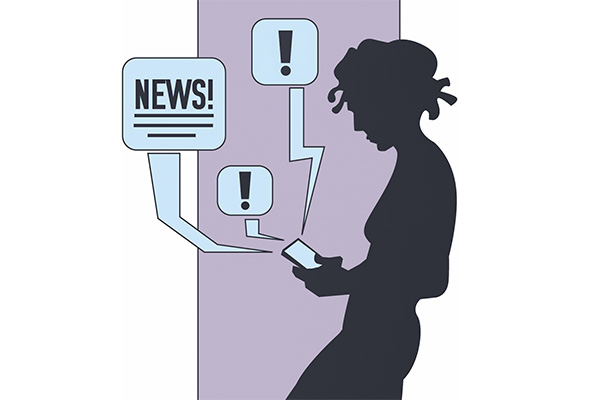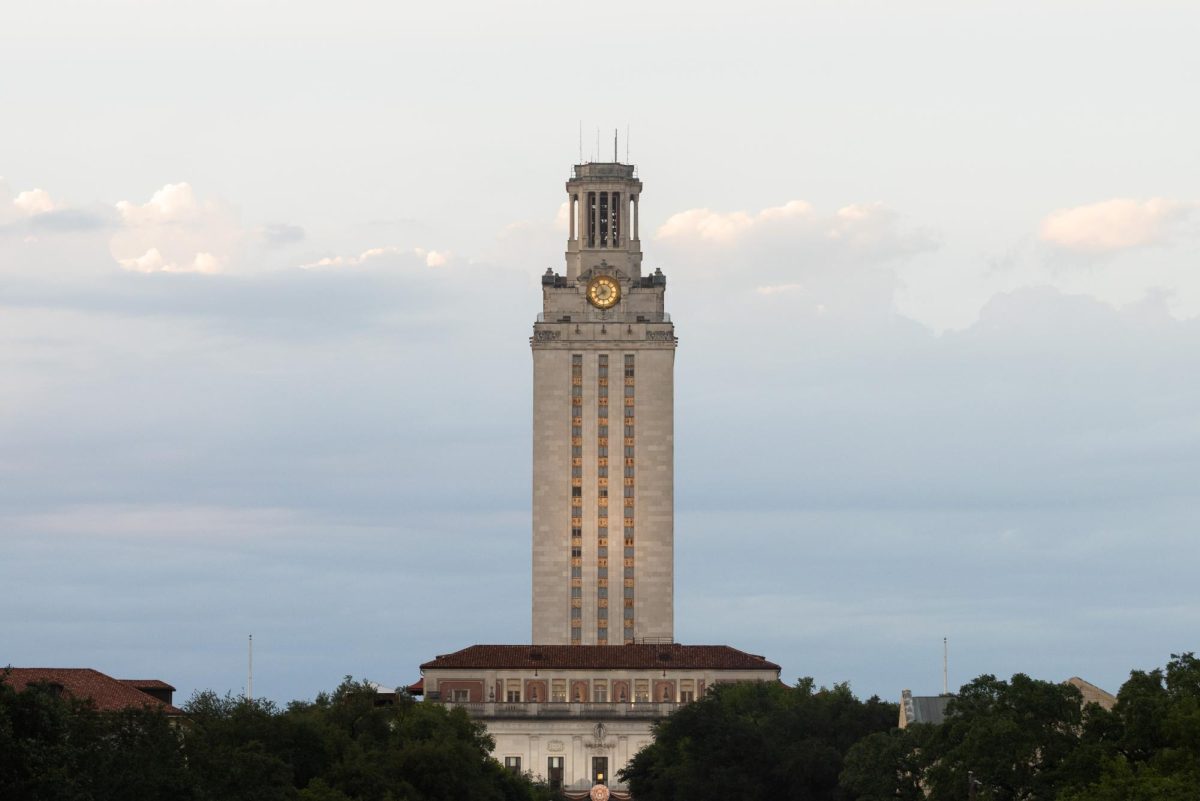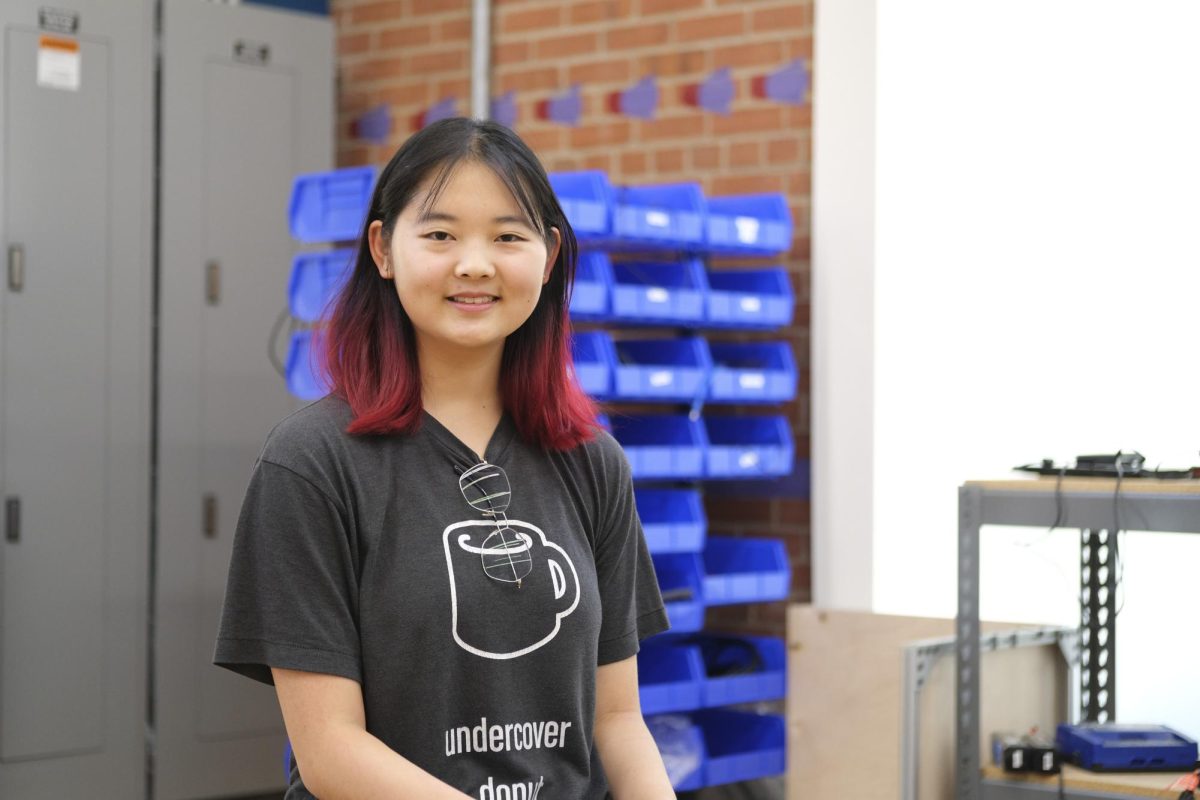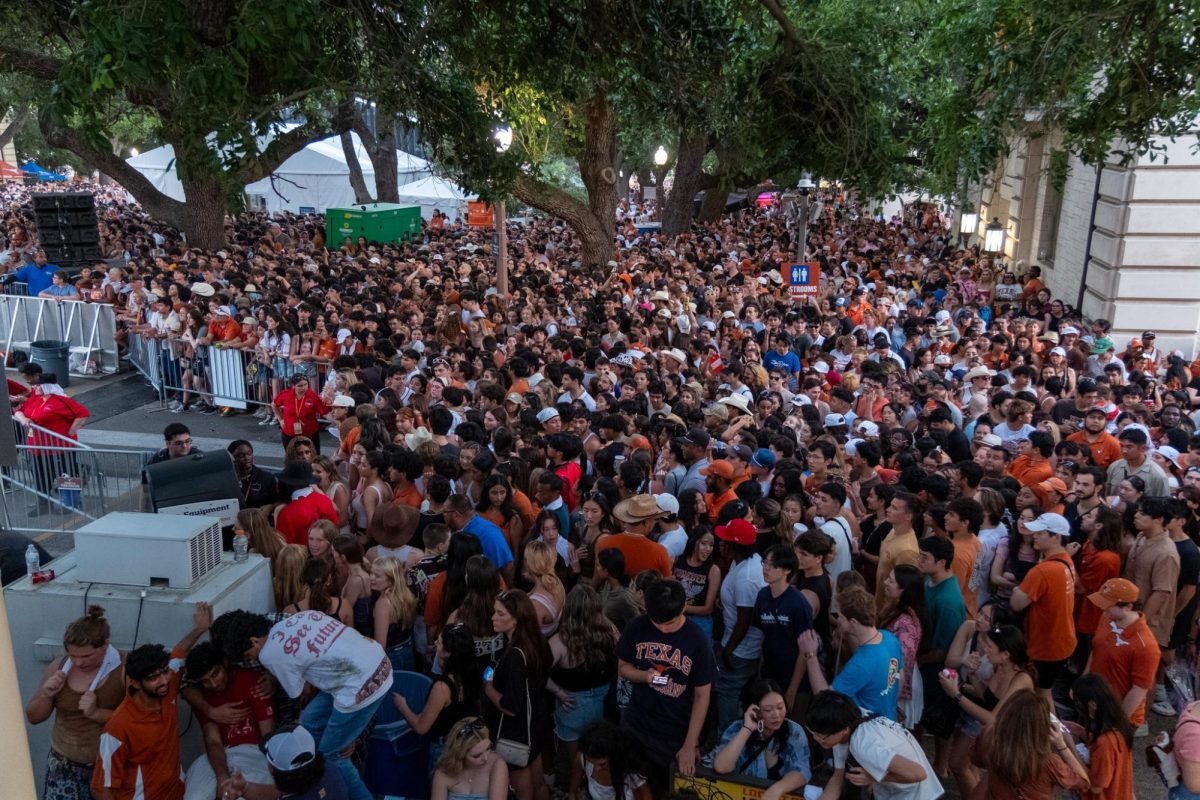Many students say they plan to use the Protect Texas Together app this fall to track their symptoms and location on campus and seek medical help if needed but are concerned their peers might not.
The app will be available in both English and Spanish, and use of the app will be strongly encouraged but not required, according to research communications manager Adrienne Dawson. It will be able to track symptoms including cough, fever, fatigue, shortness of breath, loss of taste or smell and others that are not associated with a preexisting condition, she said.
“The hope is that this process becomes a daily practice for all of us,” Dawson said. “One of the best ways we can keep each other healthy is by staying home if we are exhibiting symptoms that indicate that we might be sick or if we think we’ve been exposed to someone who has tested positive for COVID-19.”
Physics sophomore Ralph Brockman said the app will be able to help students by reminding people of what symptoms to be watching for instead of simply telling students to stay home if they feel sick, but he is not sure all students will actually use the app.
“I’m optimistic that it’ll be designed in a way that makes it pretty unobtrusive to use every day,” Brockman said.
The app was developed by UT students, faculty and staff from diagnostic medicine, electrical and computer engineering, computational engineering, computer science and the Office of the Vice President for Research, Dawson said.
“The app’s symptom tracker relies on an algorithm informed by UT Health Austin and University Health Services to determine which symptoms, and in which combination, are most likely to indicate that someone could have COVID-19,” Dawson said.
Advertising senior Samantha Muñoz said the University is expecting a lot for students to track their symptoms honestly in the app, and for that reason, she worries it may not be fully effective.
“The fact that (the University) is having to put these protocols in place (shows) they know it’s a possibility for the virus to spread,” Muñoz said. “The numbers are already much higher than the first time we had to close down schools.”
Neuroscience sophomore Annisa Salsabila said she has some privacy concerns about the app tracking users’ locations, but said it is worth it to protect the health of the larger community.
“We have to sacrifice a little bit of our privacy because it does concern everyone else,” Salsabila said.
Dawson said the app prioritizes personal privacy and will not save data such as a user’s location. She said users will have the option to delete that information at any time, and no data will be shared with anyone outside the University or for noncontact-tracing purposes.
“Once a contact tracer determines that an individual came into close contact with someone who later tested positive for COVID-19 during their infectious period, the contact tracer calls the contact to notify them of the potential exposure,” Dawson said. “We take into consideration the proximity, duration, location and nature of the contact during a person’s infectious period.”





















